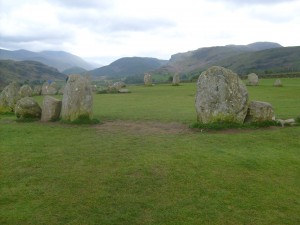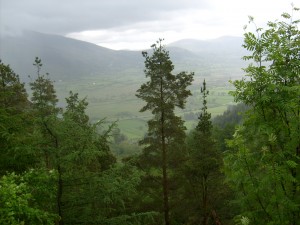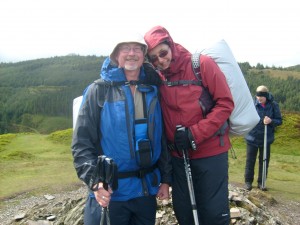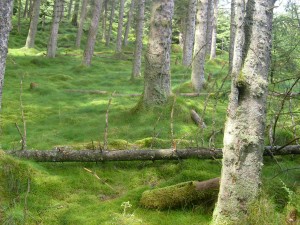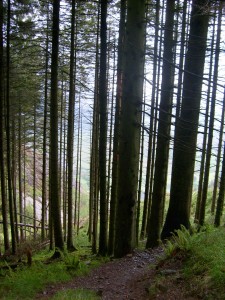I saw Phantom of the Opera in London with my sister-in-law and her husband Tuesday. I’ve lost count of how many times I’ve seen the musical, but I was enraptured all over again, just like always. I read Gaston Leroux’s novel long before I knew anything about the musical, and I thought it was one of the most romantic, sexy, totally terrifying, psychologically complex books I’d ever read. I still think that. It’s the penultimate romance in which all of our worst nightmares are interwoven so tightly with all of our deepest hopes and wildest dreams that it’s impossible to pick the threads apart. So we can do nothing but bask in it and be haunted by it.
I’ve mentioned in an earlier post that I’ve always felt the stories in mythology that are about seduction of mortal women by the gods and the stories of the magical children born of those unions are really the stories of inspiration. What better description of inspiration than divine seduction. I get goose bumps just thinking about it!
As I always do, when I experience Gaton Leroux’s gripping tale again, especially when accompanied by music that so beautifully illustrates the soaring and plummeting of the human heart when touched by love and loss and desire and suffering, I find myself analyzing what it is in the story that moves me so, what it is that moves thousands of people every year.
The elements are all there, a bad boy, a beautiful girl, a hero, a gift offered with a price, and yet Leroux has managed to turn it all on its ear, with perfect story-telling precision. The hero is not the dashing young viscount from Christine’s past. The ‘god’ in the story is not irresistibly beautiful, but disfigured and wounded. His seduction is not physical, but he knows the soul of an artist well enough to know that the real seduction is in offering a deeper understanding, a deeper mastery of her gift. In the lovely Christine, the gift is already there, she just lacks the training, which her ‘Angel of Music’ is only too happy to provide. The Phantom’s dark is the balance to Christine’s light, and his music of the night allows her true gift to shine. Through it all, Raul, the viscount, is clueless. But Christine knows the dark. She’s seen it, embraced it, and a part of her loves it and longs for it. Her ‘loss of innocence’ has a chilling side to it that the whole story revolves around.
Even when I read the book without the enhancement of the amazing music, my heart raced, and the fear I felt at the descriptions of the Phantom’s lair and the dark lake under the opera house and the terrifying scene in the graveyard, still makes me shiver years later. Yet throughout the whole of the book there is an ache for the Phantom that is so much more than pity. It’s a compelling, beautifully woven mix of fear and awe and raw desire for a man who is so much more than human that human rules can barely apply and yet so wounded that the imagination can barely take in the suffering he has born. His actions tell us he is a monster, and yet we want him, we long for a way for him and Christine to be together, for all wounds to be healed and there to be a happy ever after.
But there can’t be. There can never be. And then we realize that happy-ever-after is Raul’s job. He is to have vicariously what the Phantom may never have, but it is Christine who earns him that right. She is the hero of this story. She is the goddess hidden, then revealed only at the end when a choice must be made between the death of Raul and life with the Phantom. She not only chooses, but she chooses unconditionally, unreservedly to love the Phantom, to understand him, in as much as it’s possible to understand such tortured genius. She is the true giver of the gift in this story. She restores the balance. Just as the Phantom’s darkness has infused her gift with the music of the night, her light has healed him, enabling him to let go of that which he knows does not now, nor has it ever belonged to him, the gift and the possessor of that gift.
And what does that have to do with inspiration? In the Greek stories and myths, it takes time for the magical child to be born and trained up to fulfill the task for which he was conceived, and it is usually a he. In Leroux’s story, we aren’t told how long Christine has been studying with her ‘Angel of Music,’ but it is clearly enough to make her singing totally astounding to anyone who listens.
Thomas Edison said that genius is one percent inspiration and ninty-nine percent perspiration. One good tumble with a god is of no more value than having raw talent. What happens next is what really matters, the hard work of training up the magical child, of training up the exquisite voice, of writing and writing and writing some more until what we’ve written works, until every word sings, until we learn what makes words sing, and what makes the chorus of words that sing our story just like we envision it in our moments of deepest inspiration.
I think Phantom of the Opera is the story of the natural process of the creative force. It inspiration and hard work moving through the fear to restore balance, and coming out on the other side to places we never could have imagined in our wildest dreams. Then starting over again.
Is this what Leroux’s story is about? I don’t know, but I do know that the sensuality, the deep hunger and the fear of moving past the point of no return is something every writer encounters every time we write, and I think every artist experiences that as well.
And what does that have to do with sex? Well, everything, actually. What we create, what we bring forth is the result of passion leading us down into the depths of ourselves and seducing ourselves in ways we can scarcely imagine. We are changed by that passion, by that deep connection with what inspires us. Innocence is lost and something totally new is created even out of our fears, and we are inspired to move forward and to face unconditionally what comes next.
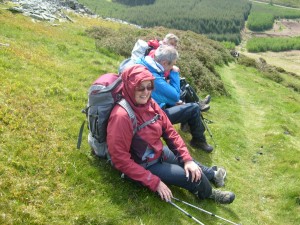
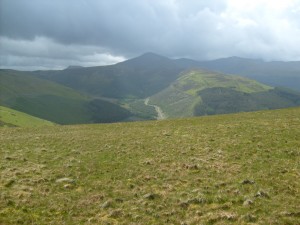
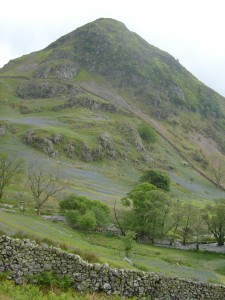
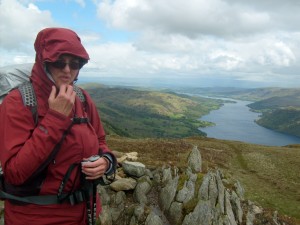 Mountain Rescue
Mountain Rescue
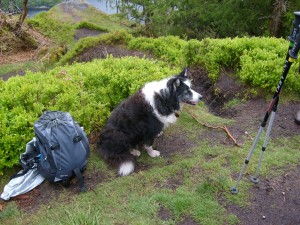
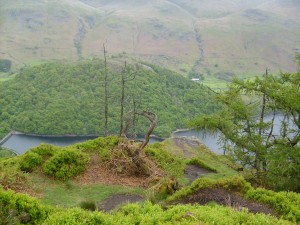 Rescue
Rescue 